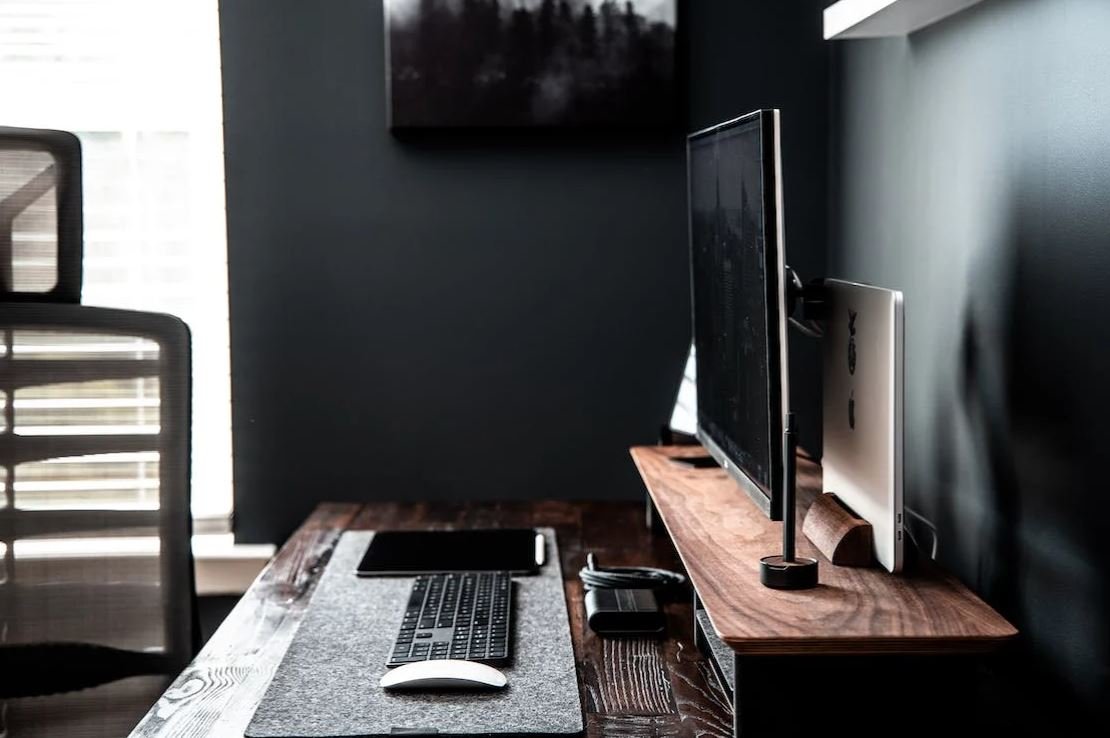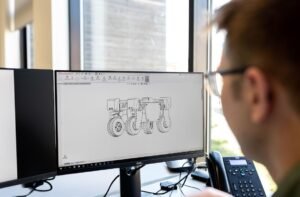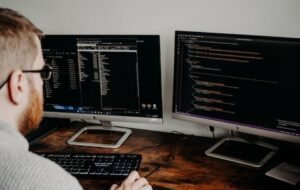AI Art Blog
Artificial Intelligence (AI) has revolutionized various fields, including healthcare, finance, and transportation. However, its impact on the art world is also undeniable. AI-generated art is becoming increasingly popular, and artists and enthusiasts are exploring new ways to merge artificial intelligence with artistic creativity. In this article, we will explore the exciting world of AI art and delve into its implications for the future of creativity.
Key Takeaways
- AI art merges artificial intelligence with artistic creativity.
- AI-generated art is gaining popularity.
- The use of AI in art poses ethical questions.
- AI can assist artists in the creative process.
- AI art challenges traditional notions of authorship.
**AI-generated art** is created using algorithms and machine learning techniques. The process often involves training an AI model on a large dataset of existing artworks to learn the various styles, techniques, and patterns. Once trained, the model can generate original art based on the learned knowledge. *This merging of technology and art opens up new possibilities and challenges for both artists and viewers.*
AI-generated art has gained significant attention in recent years due to its ability to produce visually stunning and thought-provoking pieces. Artists utilize AI tools to explore new creative possibilities and push the boundaries of traditional artistic methods. *The use of AI in the art world blurs the distinction between man-made and machine-made art, sparking fascinating discussions.*
| Art Style | Example |
|---|---|
| Abstract |  |
| Surrealism |  |
AI art presents various ethical questions. Some argue that AI-created art lacks the emotion and intentionality associated with human-created art, leading to questions about the true artistic value. However, others appreciate the unique aesthetics and the AI’s ability to generate entirely novel visual experiences. *Exploring the ethical and philosophical facets of AI art can provide us with valuable insights into our relationship with technology and creativity.*
The Influence of AI on the Creative Process
AI can play a prominent role in assisting artists throughout the creative process. Artists can utilize AI tools to generate initial ideas or explore different artistic styles. Additionally, AI-powered algorithms can analyze and interpret large datasets of existing artworks to provide inspiration and insights. *By utilizing AI, artists can augment their creative abilities and venture into unexplored territories.*
Numbered lists can be advantageous in breaking down complex concepts into concise points. Here are a few ways in which AI impacts the creative process:
- Generating initial ideas by exploring a wide range of possibilities.
- Providing inspiration through analysis of vast art collections.
- Assisting with repetitive tasks, such as color selection or composition.
- Enabling interactive and collaborative experiences between artists and AI.
| Aspect | AI Art | Traditional Art |
|---|---|---|
| Originality | Based on learned knowledge, but can produce novel combinations and styles. | Based on the individual artist’s ideas and experiences. |
| Reproducibility | Easily reproducible through the AI model. | Each piece is unique and may have no direct reproduction. |
*AI-generated art challenges our traditional notions of authorship.* The collaborative process between artists and AI blurs the line between the artist as the sole creator and the AI system as a creative partner. This shift in authorship raises fascinating questions about the role of human creativity and the potential for AI to become an independent creative force.
AI art is a rapidly evolving field with unlimited possibilities. As AI continues to advance, it opens up new avenues for artistic expression and challenges our perceptions of creativity. From assisting artists in the creative process to raising ethical questions about authorship, AI is undoubtedly reshaping the art world. *Explore, embrace, and engage with AI art to witness the intersection of technology and imagination.*
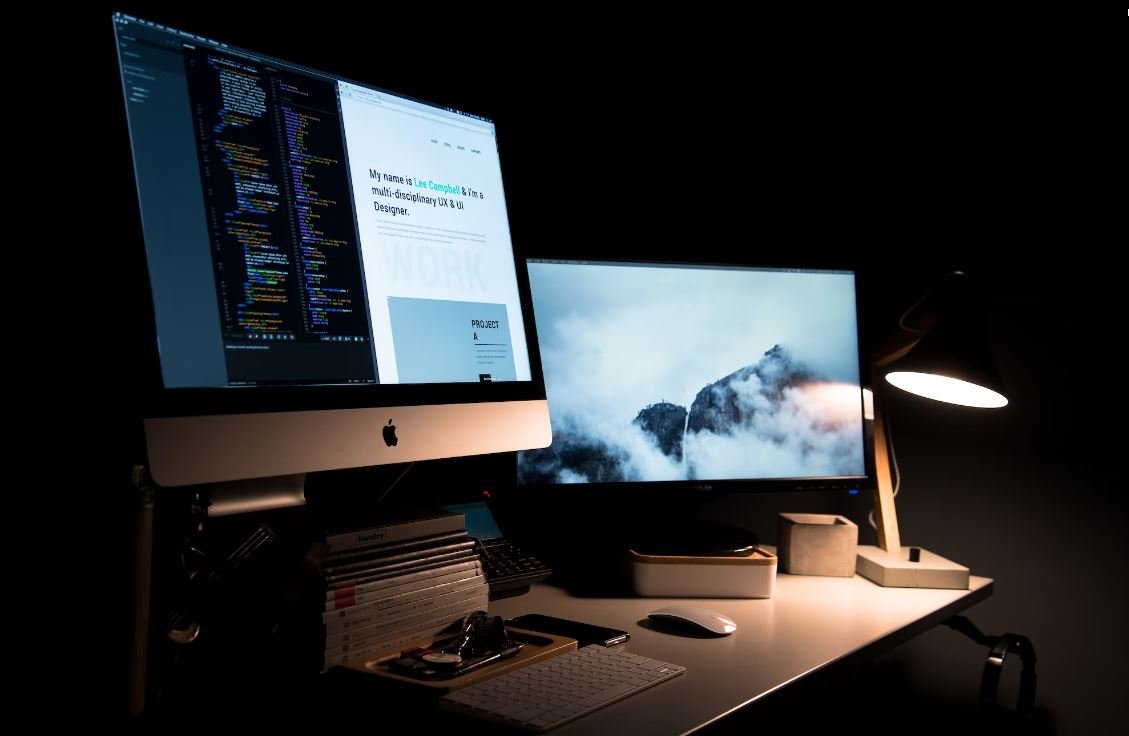
Common Misconceptions
Misconception 1: AI Art lacks creativity
One common misconception about AI art is that it lacks creativity. People often believe that because artificial intelligence is involved in the creation process, the art produced must be devoid of any artistic expression. However, this is not true as AI algorithms can be programmed to learn from vast datasets and generate unique and innovative artworks.
- AI algorithms can possess creativity by learning from diverse sources of art and combining different elements.
- AI-generated art can demonstrate a fresh perspective and introduce new visual concepts.
- AI art can evoke emotions and provoke thought, just like traditional art.
Misconception 2: AI Art will replace human artists
Another significant misconception is that AI art will inevitably replace human artists in the future. It is important to understand that AI is a tool and not a replacement for human creativity. AI art is a collaboration between the artist and the machine, allowing for the exploration of new possibilities and pushing the boundaries of traditional artistic techniques.
- AI art can act as a tool for artists, assisting in the creation process and expanding their artistic capabilities.
- Human artists bring their unique perspectives and emotions to the artistic process, which AI cannot replicate.
- The combination of human creativity and AI technology can lead to exciting and innovative artworks.
Misconception 3: AI-created art lacks originality
Many people mistakenly believe that AI-created art lacks originality because it is generated by algorithms using existing artworks as references. While AI algorithms do learn from existing art, they can generate novel compositions, styles, and interpretations that have not been seen before.
- AI algorithms can create unique combinations of artistic elements that human artists might not have considered.
- AI-generated art can introduce novel styles and techniques that push the boundaries of traditional art forms.
- The ability of AI to continuously learn and evolve allows for constant innovation and originality in art.
Misconception 4: AI Art is solely for commercial purposes
There is a misconception that AI art is primarily used for commercial purposes, created solely to be sold and marketed. While it is true that AI-generated art has gained popularity in the commercial art market, it is also utilized for various other purposes, including artistic exploration, experimentation, and education.
- AI art can enable artists to experiment with new styles and techniques without the constraints of traditional materials and mediums.
- AI-generated art can serve as a tool for educational purposes, allowing students and art enthusiasts to explore new artistic possibilities.
- AI art can be used as a medium of creative expression beyond the commercial art market.
Misconception 5: AI Art lacks human emotion and connection
Some believe that AI-generated art lacks the emotional depth and human connection that traditional art possesses. Although AI does not possess emotions in the same way as humans, it can still evoke emotions in viewers and establish a connection through the themes, composition, and visual elements it presents.
- AI algorithms can analyze and generate artworks based on human emotions, eliciting empathetic responses.
- AI art can inspire viewers and provoke thought, leading to personal connections and interpretations.
- The interaction between the viewer and AI-generated art can create a unique emotional experience.
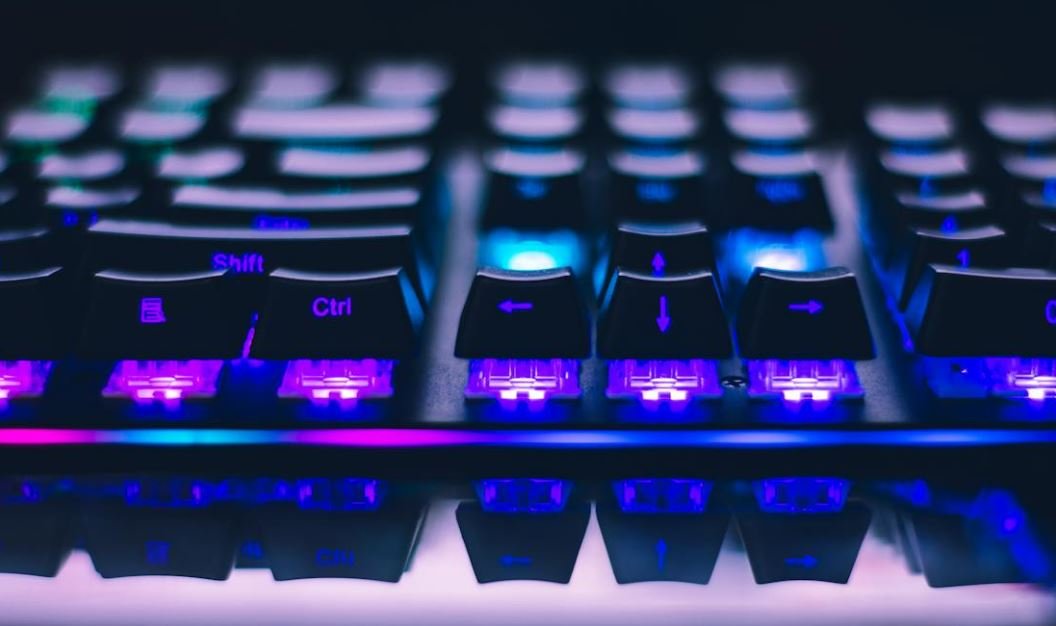
The Rise of AI Art
Artificial Intelligence (AI) has made significant strides in recent years, permeating various sectors and industries. One area where AI has found surprising success is in the realm of art creation. Artists and researchers are now exploring the possibilities of AI-generated art, leading to fascinating and thought-provoking creations. This article explores different aspects of AI art, including its impact, techniques, and potential future developments.
The Impact of AI Art on the Art World
In recent years, AI-generated art has been causing ripples in the art world. This table highlights some key statistics showcasing the impact it has had:
| Art Market Insights | Data |
|---|---|
| Growth in AI Art Sales | $432 Million in 2020 |
| Number of AI Artists | 500+ |
| Art Shows Dedicated to AI Art | 35+ |
The Process of AI Art Creation
Creating art using AI involves intricate processes and algorithms. This table outlines the steps typically involved in the creation of AI-generated art:
| Process Steps | Description |
|---|---|
| Data Collection | Gathering vast amounts of visual data for training the AI models |
| Pre-Processing | Cleaning and structuring the collected data for analysis |
| Model Training | Training the AI model using various techniques |
| Art Generation | Utilizing the trained model to create new and unique artworks |
Styles Explored by AI Artists
AI art can encompass a wide range of styles, often emulating famous artists from history or creating entirely new styles. This table showcases some popular art styles explored by AI:
| Art Style | Artists Encompassing Style |
|---|---|
| Impressionism | AIstophe, DeepArt |
| Cubism | PicassoBot, ArtMatic |
| Abstract Expressionism | DeepDream, AIabstraction |
Achievements of AI Artists
AI artists have achieved remarkable milestones, revolutionizing the perception of art creation. Here are some noteworthy achievements:
| AI Artist | Achievement |
|---|---|
| Portrait d’Edmond de Belamy | First AI-generated artwork sold at auction for $432,500 |
| The Next Rembrandt | Recreation of a new Rembrandt-style painting using AI techniques |
| AI Gahaku | Generating incredibly realistic portraits in various classical art styles |
The Ethical Dilemmas of AI Art
As AI art gains prominence, ethical concerns have emerged regarding the role and impact of AI in the creative process. The following table highlights some of these dilemmas:
| Ethical Dilemmas | Considerations |
|---|---|
| Authorship and Ownership | Who owns the rights to AI-generated art? |
| Originality and Creativity | Can AI truly be creative, or is it merely replicating existing art? |
| Artistic Value and Human Input | How do we determine the value and significance of AI-generated art? |
The Future of AI Art
The possibilities for AI art are continuously expanding as technology advances. This table explores some potential future developments in the field:
| Future Possibilities | Description |
|---|---|
| Collaboration: AI and Human Artists | AI and human artists working together to create unique masterpieces |
| AI Art Museums | A dedicated space showcasing AI-generated art collections |
| Enhancing Artistic Skills | AI assisting artists in refining their techniques and exploring new styles |
AI Art in Popular Culture
AI art has captured the imagination of filmmakers, writers, and other creative individuals, leading to its portrayal in popular culture. This table highlights some noteworthy references:
| Reference | Medium |
|---|---|
| “Ex Machina” | Movie |
| “Black Mirror: Bandersnatch” | TV Series |
| “The Artist’s Algorithm” | Book |
AI Art Contests and Competitions
The AI art community actively engages in contests and competitions, promoting innovation and pushing boundaries. Here are some notable events:
| Event | Organizer |
|---|---|
| AI Artathon | Google Arts & Culture |
| Artificial Intelligence International Art Contest | AI Lab |
| AI Art Gallery Challenge | NeurIPS Conference |
AI art has emerged as a captivating and controversial field, pushing the boundaries of creativity and redefining the art world. From its impact on the market to the ethical dilemmas it presents, AI-generated art continues to inspire, challenge, and spark conversations. As technology advances and AI artists delve deeper into their craft, the future of AI art holds immense potential.
Frequently Asked Questions
What is AI art?
AI art refers to artworks created with the use of artificial intelligence algorithms and techniques. These algorithms analyze input data such as images, text, or sounds, and generate artistic output that can range from paintings to music compositions.
How does AI create art?
AI creates art by employing various deep learning techniques, such as neural networks, to process large amounts of data. AI models are trained on existing artworks, allowing them to learn patterns and generate original art based on the learned styles and aesthetics.
What are the benefits of AI art?
AI art introduces new possibilities for creativity and exploration. It allows artists and enthusiasts to experiment with new ideas and styles, facilitating the discovery of unique artistic expressions. Additionally, AI art can provide tools for artists to enhance and augment their own creative process.
Can AI art be considered authentic art?
The authenticity of AI art is a topic of ongoing debate in the art world. While AI algorithms generate the art, the creative decisions and inputs often come from human artists who shape and guide the process. The resulting artwork can be perceived as authentic, despite the involvement of AI technology.
Can AI replace human artists?
AI cannot fully replace human artists. While AI can generate stunning and unique artworks, it lacks the capacity for human emotions, experiences, and subjective interpretations. Human artists bring their personal perspectives, intentionality, and complexities that make their creations distinct and irreplaceable.
Are there ethical concerns with AI art?
AI art raises ethical concerns related to plagiarism, copyright infringement, and ownership of the generated artworks. Additionally, the reliance on AI algorithms can raise questions of bias and fairness, as the models that power AI art may reflect and perpetuate societal biases encoded in the training data.
Can AI art be copyrighted?
The copyright status of AI-generated art is a complex issue. As it involves a collaborative effort between the AI model and the human artist, determining who holds the copyright can be challenging. Legal frameworks are still evolving to address this matter, and specific cases may require individual assessment.
What role can AI art play in the future?
AI art has the potential to reshape the art landscape by inspiring new forms of creativity, supporting artists in their process, and democratizing access to artistic tools. AI technology can augment human capabilities, leading to the development of novel artistic experiences and the exploration of uncharted artistic territories.
Where can I find AI-generated art?
AI-generated art can be found in various online platforms, art galleries, museums, and exhibitions that specialize in showcasing AI art creations. Additionally, many AI artists share their work on websites, social media platforms, and dedicated AI art communities.
How can I get started with AI art?
To get started with AI art, you can explore online resources, tutorials, and communities dedicated to AI art. Learning programming languages such as Python and familiarizing yourself with machine learning frameworks can aid in understanding and using AI algorithms to create your own AI-generated artworks.

